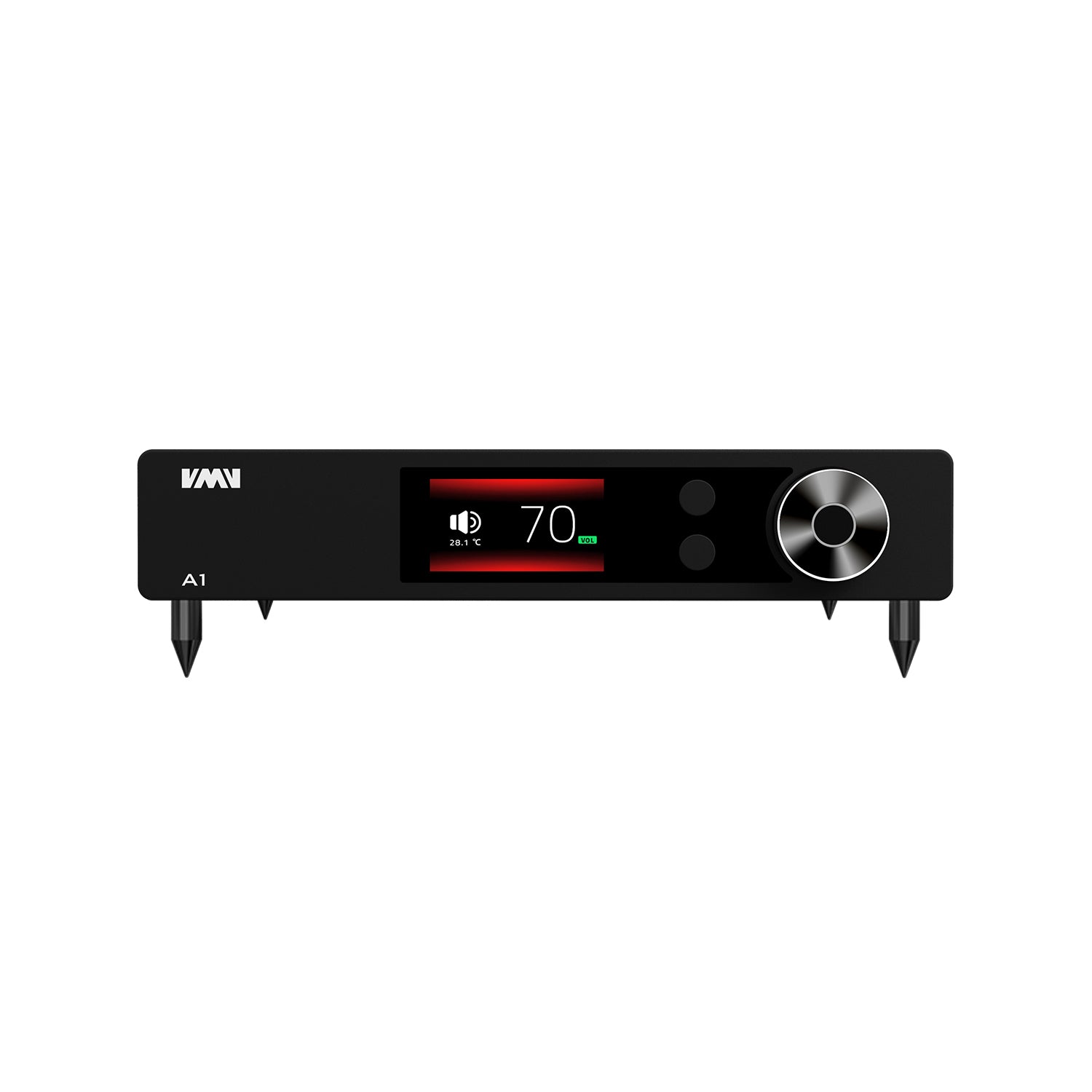
“A Perfect DAC.” Zeos’ Review of the TOPPING D70s
“I’m gonna give this a big A+ thumbs up,” Zeos said of the TOPPING D70s DAC over on his YouTube channel. “In my heart of hearts I’m not afraid to recommend this, because I think if you got this you’d all be happy.”
The TOPPING D70s is a balanced, 32-bit/768kHz DAC with MQA and dual AK4497 DAC chips.
Find the full video below or scroll on for our summary.
Zeos descends to his basement music mosque to give us his take on the TOPPING D70s MQA DAC. TOPPING threw everything but the kitchen sink into this converter: MQA decoding, 2x AKM AK4497 chips, Bluetooth 5.0, and more. But features are only as good as their implementation, which brings us to the question at hand: does the D70s pass the Zeos test?
After a brief rebuttal of some of the caustic commenters who prowl his YouTube channel, Z launches into a rundown of the testing equipment he’s brought to the table. The TOPPING A50s and Singxer SA-1 amps are here, as well as a sampling of headphones ranging from thrift store steals (Koss KPH30i) to goes-great-with-ganja (Grado Hemp).
“I’m gonna give [the TOPPING D70s] a big A-plus thumbs up,” he says around the five-minute mark. “This is a perfect DAC--not because it sounds perfect but because it does all the features I look for in a DAC, the build quality, and the price.”

“In my heart of hearts,” he says, “I’m not afraid to recommend this, because I think if you got this you’d all be happy.”
Part of his recommendation, he explains, hinges on consumers’ misguided assumption that the more expensive a DAC is, the better. “If I show you a $95 toy, and there’s a $99 toy next to it, obviously, you think, the $99 is better.” It’s not, he argues.
So where does that leave the D70s? “This is just expensive enough that you know [it’s good].” Essentially, what Zeos is saying is that the D70s sits firmly within the price category of top-notch DACs, and the fact that it’s cheaper than other DACs doesn’t equate to an appreciable difference in sound qualities.

Zeos approves of the D70s’ visual design as well. “I honestly think it looks better than the D90,” he says, citing its flat face, scalloped edge where the logo is printed, and the color of its LCD display, which is slightly greener and more subdued than the D90’s bright blue.
“It’s wonderful,” he says of the intuitive display screen.
He compares the UI to the D90, which shares its blazingly fast volume selection feature (he’s not a fan of that).
The remote, he says, is as functional and simple as any TOPPING remote, although the “headphone” and “line out” buttons, he notices, aren’t mapped.

Zeos’ sound quality test of the D70s is simple and brilliant and classically Zeos. “If I put on a headphones that I know and love, [...] and I plug them into an amplifier that I know and love, and I hook it up to a DAC, [...] and I still love the headphones, the amp, and the music as much as I did on the last random metal box that converts digital to analog, then what have I gained or lost? Nothing. I need a box I trust.”
The D70s is one such box.
At the nineteen minute mark, Zeos does a flying lap of some of the D70s’ more salient features, including Hi-Res certification, Bluetooth 5.0, simultaneous XLR + RCA output, and digital filters.

Towards the end of the video, he reiterates an argument he made at the beginning about the discrepancy between price and quality. “Just because you can afford something doesn’t mean you should [buy] it,” he argues. “Spend just enough to make yourself feel good and move on.”
Get a box you can trust.


